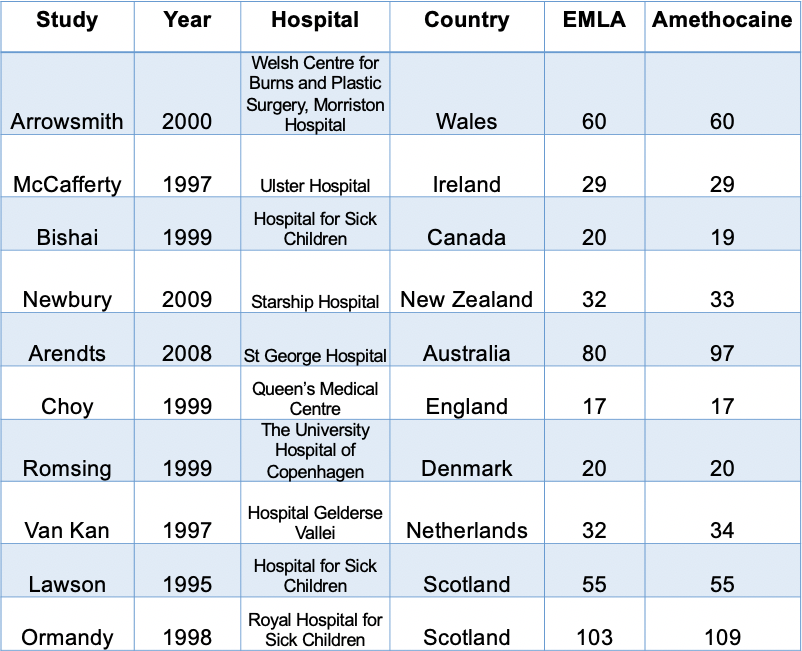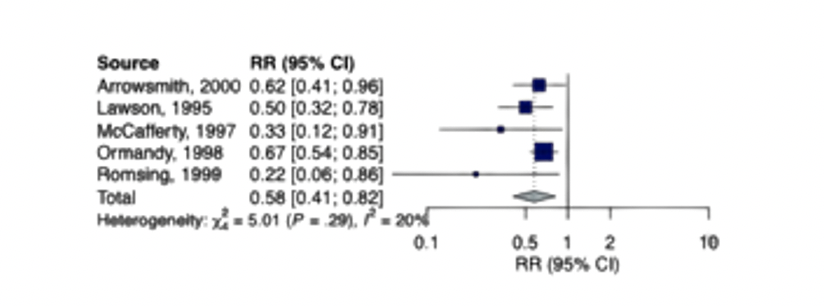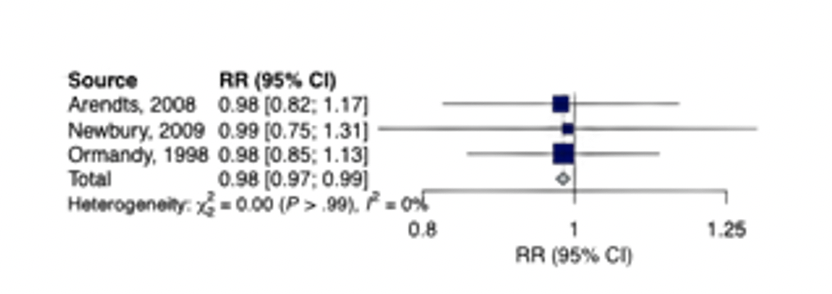Emergency Medicine: All Areas
Emergency Medicine 2
34 - EMLA and amethocaine as topical anesthetics in pediatric patients: a systematic review and meta-analysis
Publication Number: 34.111

Kathryn Varghese, BS (she/her/hers)
Medical Student
CUNY School of Medicine
New York, New York, United States
Presenting Author(s)
Background: Topical anesthesia is routinely given prior to children undergoing cannulation and other skin-related procedures in the Emergency Department (ED). In pediatric patients, topical anesthetics such as eutectic mixture of local anesthetics (EMLA) cream (lidocaine-prilocaine 5% cream) and amethocaine (tetracaine) have proved to be pioneering in pain reduction, but the most effective method is often disputed.
Objective: Our primary objective was to compare EMLA cream with amethocaine in pediatric patients undergoing topical anesthesia with regard to our post-operative outcomes.
Design/Methods: We comprehensively searched the PubMed, Embase, Scopus, and Cochrane databases to identify studies comparing EMLA cream and amethocaine in pediatric patients undergoing topical anesthesia. EMLA cream was defined as eutectic mixture of local anesthetics or lidocaine-prilocaine 5% cream, while amethocaine was defined as tetracaine gel. Data including baseline characteristics, procedural characteristics, and post-operative outcomes were extracted independently by two reviewers and verified by a third for accuracy. The post-operative outcomes were first attempt cannulation success rate, child-reported visual analogue scale (VAS) score, parent-reported visual analogue scale (VAS) score, observed pain score, child-reported absence of pain, and child-reported acceptable anesthesia. A pair-wise meta-analysis was performed via the Mantel-Haenszel method using the meta and metafor packages in R, version 4.0.2. Outcomes were pooled as risk ratios (RR) or standard mean differences (SMD) and their 95% confidence intervals (95%CI) using the random-effects model.
Results: From ten studies, we pooled 892 pediatric patients, of whom 448 underwent topical anesthesia with EMLA cream and 473 underwent topical anesthesia with amethocaine (Table 1). The mean age ranged from 4.8 to 8 years old, while females comprised between 29% and 51% of the study populations. Compared to amethocaine, EMLA was associated with lower rates of child-reported absence of pain (Figure 1). Topical anesthetic use of EMLA was also associated with lower rates of first cannulation success (Figure 2). There were no differences seen between EMLA and amethocaine for child-reported acceptable anesthesia, observed pain score, child-reported VAS, and parent-reported VAS.
Conclusion(s): Amethocaine performed better with regard to child-reported absence of pain and first cannulation success. Looking forward, larger studies may be beneficial to assess these topical anesthetics’ efficacy stratified across different patient populations and pathologies. 


